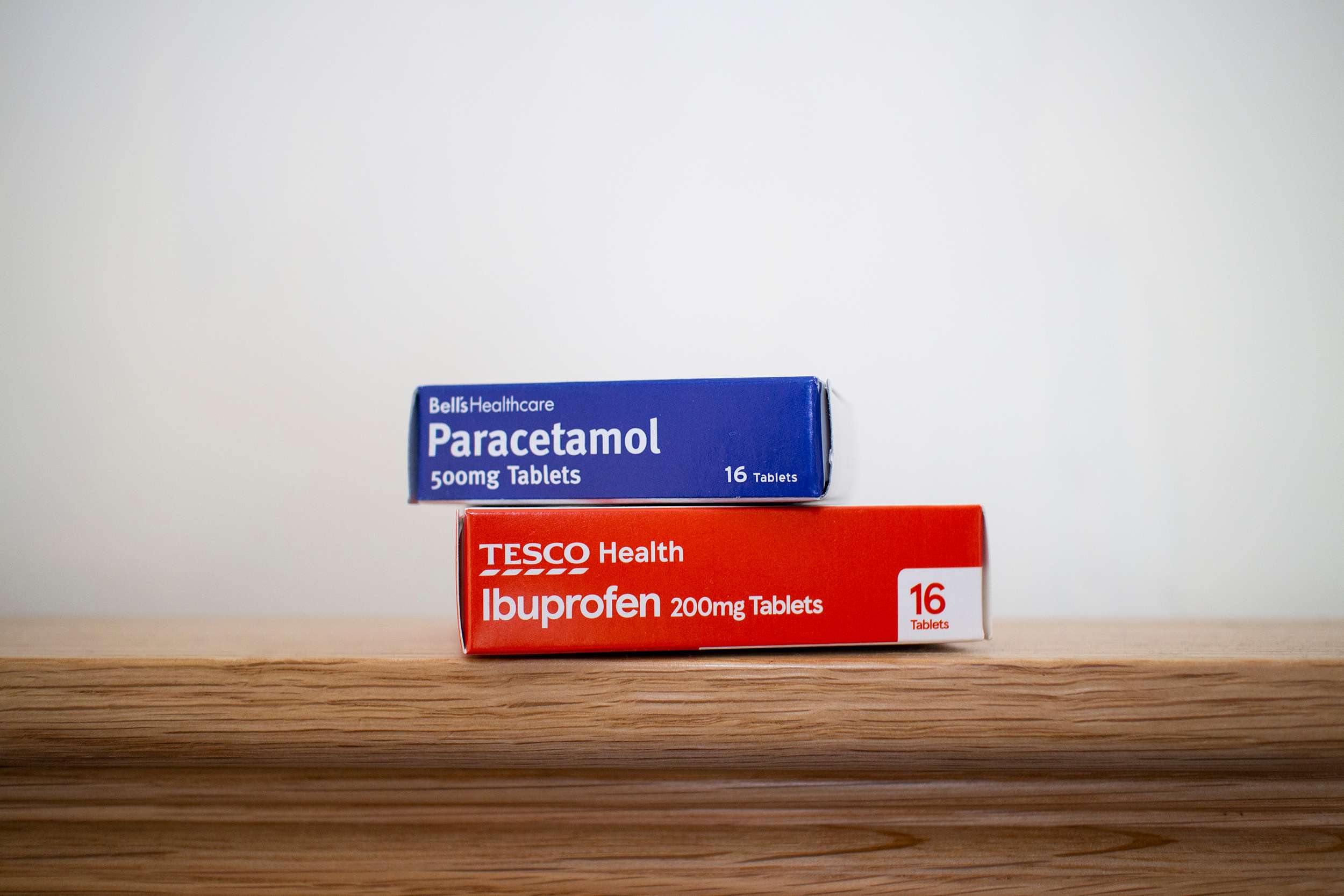Modified paracetamol gets patent

Paracetamol glycosylation:
Glycosylation describes enzymatic and chemical reactions in which carbohydrates are bound to proteins or lipids. The resulting reaction product is called a glycoside - in the case of proteins, a peptidoglycan. Many specific methods of glycosylation have been developed for laboratory chemical synthesis and the process serves different functions such as stability of some proteins or degradation protection from them. The different blood groups in humans also record glycosylation of blood cells.
Retardation:
The Munich-based company 4GENE has taken advantage of this process to redefine the substance, which was first produced in 1877. The aim of the modified structure of the drug is a delayed, prolonged, sustained or controlled release of the active substance. Through a process known as retardation, the site and rate of release can be modified. In addition, as a by-product, the sustained-release drug itself can be "reborn" in the marketplace. - As in the case of paracetamol. According to the company, an effective method for the biotechnological synthesis of a paracetamol ß-D-glucoside has been developed. The process was originally developed for flavours - as the company otherwise provides modified flavours and fragrances for the food, cosmetics and pharmaceutical industries. According to 4GENE's CEO, the active ingredient is newly modified and could thus be more easily absorbed by the human body and spread its effect in a more controlled manner. A patent application for this process has already been filed with the German Patent Office.
More efficient than conventional paracetamol?
According to the company, the derivative has more active substance properties than the already known paracetamol. Due to a 40-fold increase in water solubility, the body could absorb the active substance more easily. The activation of the paracetamol active substances can already take place in saliva or in the intestine, as they are released in the body by certain endogenous enzymes, so-called glucosidases. According to 4GENE, this process is not only possible for the active ingredient paracetamol, but can also be produced for low molecular weight alcohols, phenols and primary and secondary amines (i.e. derivatives of ammonia), as the modification process is similar for many different active ingredients.
EMA suspends certain modified acetaminophen products:
In general, the European Medicines Agency's Pharmacovigilance Committee (i.e., PRAC) is of the opinion that the benefits of paracetamol outweigh the associated risks, as long as it is used properly. However, according to PRAC, sustained-release medicines containing paracetamol are problematic because they are supposed to release paracetamol more slowly over a longer period of time than standard immediate-release products.
At the end of 2017, the competent body CMDh (i.e. Coordination Group for Mutual Recognition and Decentralised Procedures - Human) confirmed the recommendation published by the EMA to suspend the marketing of modified-release or delayed-release products containing paracetamol.
According to the panel, the benefits of the sustained-release product should not outweigh the complications of treating an overdose of the drug. The CMDh argues that treatment procedures for immediate-release acetaminophen medicines are not appropriate for sustained-release acetaminophen because in some cases it may not be known whether an overdose was caused by modified or non-modified acetaminophen. This makes it all the more complicated to decide how the overdose case should be treated. As it was not possible to agree on a standardised method to adapt the management of overdoses across the EU for immediate-release paracetamol and modified paracetamol, the suspension of such modified products was recommended.
Sustained-release products will remain suspended unless pharmaceutical companies can demonstrate practical EU-wide measures to prevent overdoses of these products. Immediate-release paracetamol products, which are not affected by the review, will remain available, according to the EMA.
Conclusion:
Therefore, paracetamol - in contrast to sustained-release ibuprofen or diclofenac - continues to be on the market in Germany exclusively in immediate-release form. Without extensive clinical studies proving safety, it is currently not possible to make a precise statement as to whether the modified active ingredient would become safer through the process of glycosylation. Since 4GENE is only active in biotechnology, a clinical trial would require a pharmaceutical company to conduct it. Therefore, the future of the reformulated acetaminophen and the commercialization of the compound remains interesting.
Active ingredients:
Sources

Danilo Glisic
Last updated on 02.08.2021
Your personal medication assistant
Browse our extensive database of medications from A-Z, including effects, side effects, and dosage.
All active ingredients with their effects, applications, and side effects, as well as the medications they are contained in.
Symptoms, causes, and treatments for common diseases and injuries.
The presented content does not replace the original package insert of the medication, especially regarding the dosage and effects of individual products. We cannot assume liability for the accuracy of the data, as the data has been partially converted automatically. Always consult a doctor for diagnoses and other health-related questions.
© medikamio